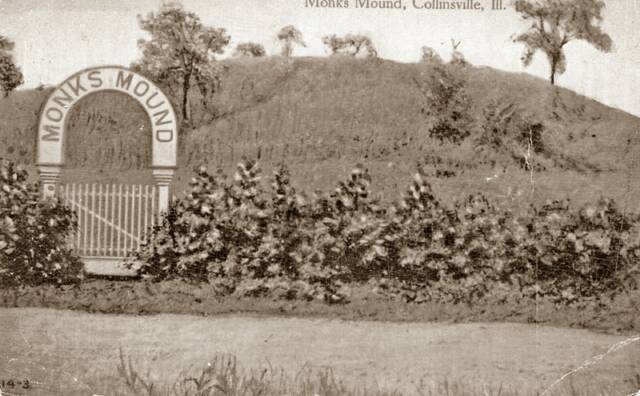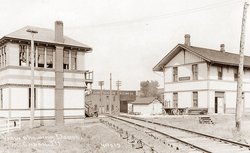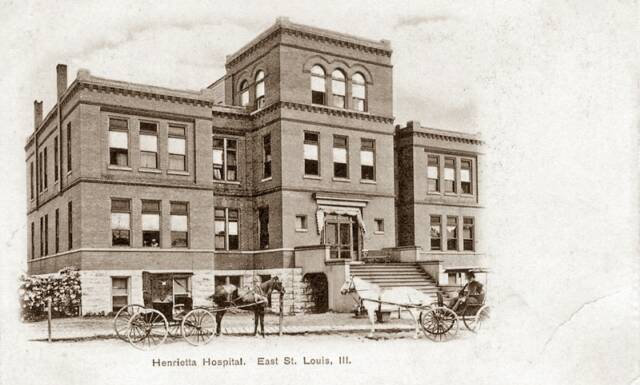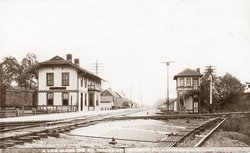National Road Gallery
The year 2006 marked the 200th anniversary of the Federal Government authorizing the building of a “national road” into the wilderness west of the Appalachian Mountains. Presidents George Washington and Thomas Jefferson believed that a national road would unify the expanding United States. Jefferson signed the legislation on March 29, 1806.
Actual construction on the road began in November 20, 1811 at Cumberland, Maryland on the Potomac River. Congress authorized an extension of the road to St. Louis, Missouri on May 15, 1820. Eventually the road would pass through Maryland, Pennsylvania, West Virginia, Ohio, Indiana, and terminate in Vandalia, Illinois in 1839 due to lack of federal funding. Congress considered the railroads to be more important.
John Loudon McAdam pioneered a system of laying broken stones in symmetrical, tight patterns and covering it with small crushed stones to fill in the gaps. It was considered the greatest advancement in road construction at the time. This technique became known as the “macadam roads.”
By the time the Road reached Illinois, road builders were laying paving bricks in some areas and tree trunks across the roadway, filling the spaces with rocks and sand. It was sometimes referred to as a “corduroy” surface, which jolted many stagecoach riders and horse-drawn buggies along their journey.
The Road was a natural conduit for people, mail, and goods to and from the east coast. The building of the railroads brought about competition to the Road. The railroads won the competition due to lower shipping rates. Farmers and businessmen preferred to use the railroads and assorted waterways to ship goods. When the automobile became popular in the 1920s, the National Road experienced a rebirth.
Some towns along the Road developed businesses like the Archer House in Marshall. It was built in 1840 and named after the founder of Marshall, Colonel William B. Archer. Abraham Lincoln, President Cleveland and Chief Justice Judge Scholfield were reported to have stayed at the Archer House. With the advent of the interstate highway system across the United States in the early 1970s, the use of the Road began to decline again. Many local businesses folded as a result.
Thus the National Road helped many towns along it to develop and influenced the culture along it as a result. It was the predecessor of the modern interstates highways and pioneered the construction techniques of modern highways. People along the National Road live in communities that played a role in the history of Illinois transportation.
Hours & Location
100 E. Jefferson Ave.,
Effingham, IL 62401
Daytime Hours:
(January-February)- By appointment only and some special evening hours, TBA
Phone: 217.240.2471 to leave a message
(March through December)
Tuesday and Saturday 10 a.m-2 p.m.
Evening Hours:
6:00-7:00 p.m. on night of lecture series, November-March
Other times by appointment: Call (217)240-2471 to leave a message
ECCCMA Meeting Schedule
Board Meetings are held on the second Tuesday of each month at 6:00 p.m. at the court-house first floor courtroom. For information contact Delaine Donaldson, President at: delainedonaldson@mchsi.com.
General Membership Meetings are held once a month of the second Tuesday of the month at 6:00 p.m. at the court-house first floor courtroom.
MISSON STATEMENT
Our MISSION is to preserve our Historic Register structure, to collect artifacts from county history, and to use them to educate our local and external communities, while immersed in the broader context of American history.
VISION STATEMENT
Our VISION is that the 1872 Effingham County Courthouse remains as an architectural gem that instills a sense of community pride and provides a venue to
educate and showcase the history, art, and transportation of Effingham County.
Get Involved
On November 11, 2012, the Museum opened its doors to the public. Currently there are exhibits on the first floor and the second floor. On the second floor there is exhibit space as well as room for lectures and other types of public gatherings.
© 2015 Effingham County Cultural Center and Museum Association, Inc.






